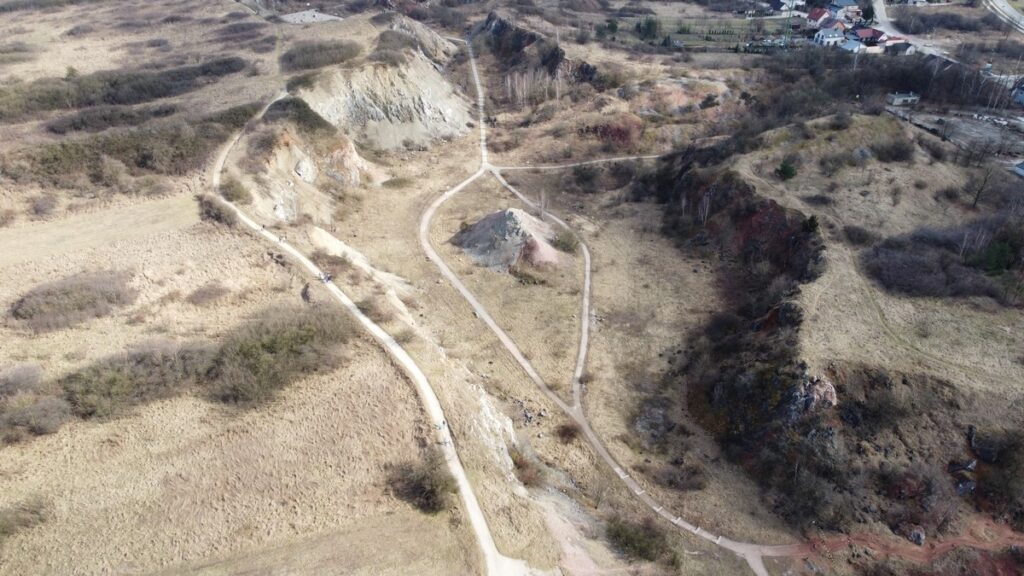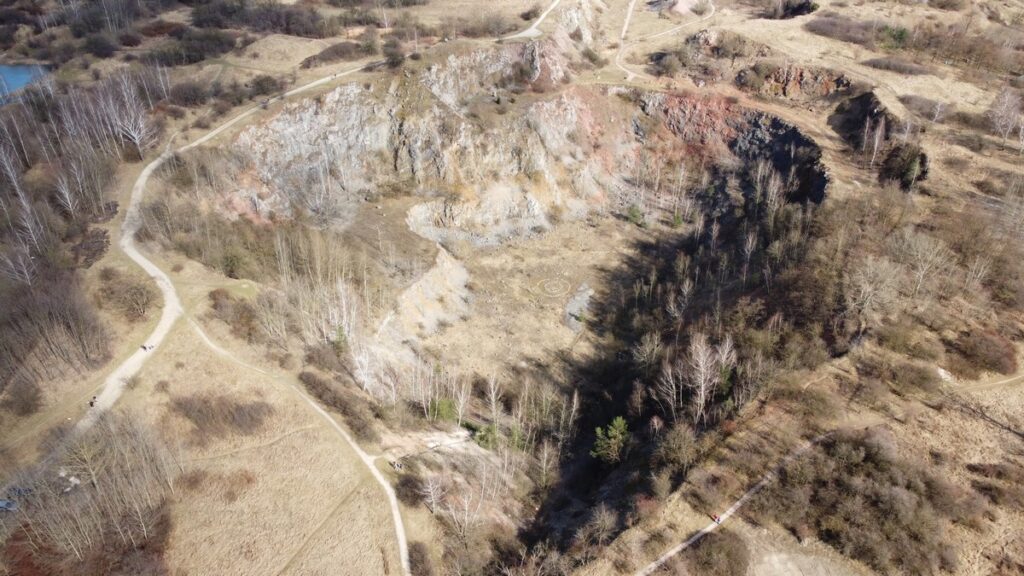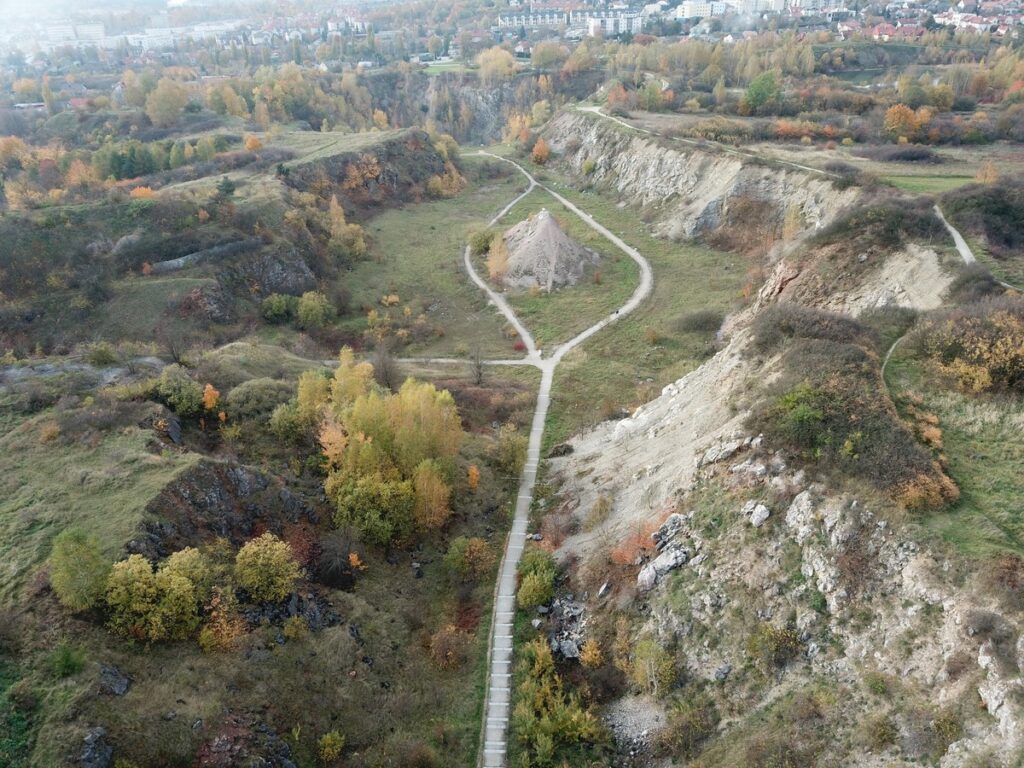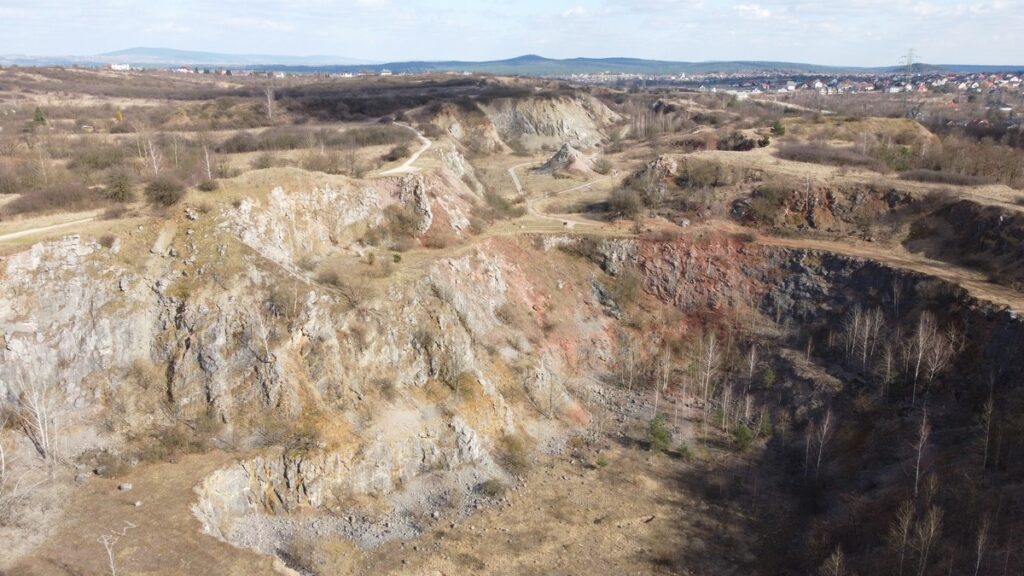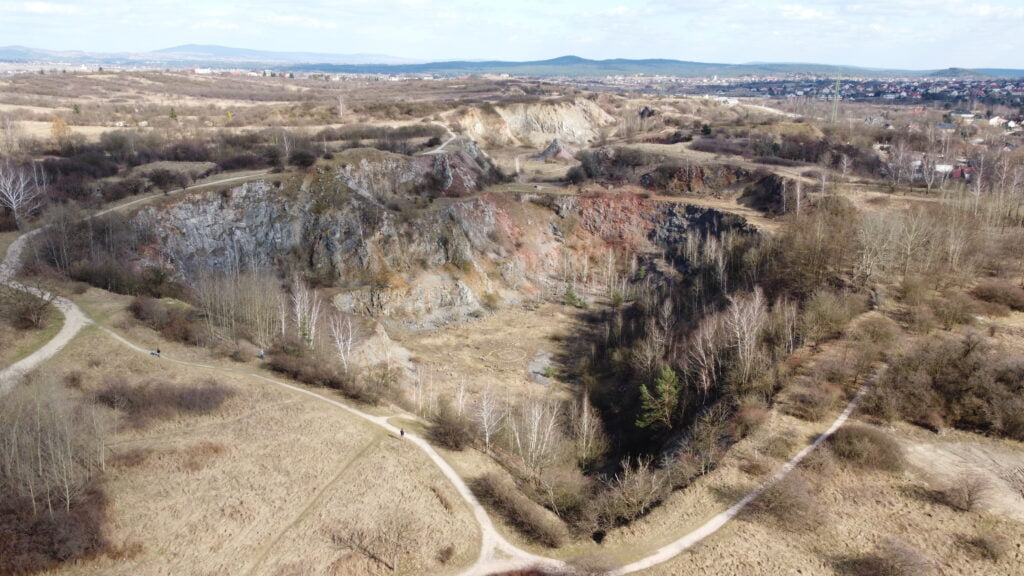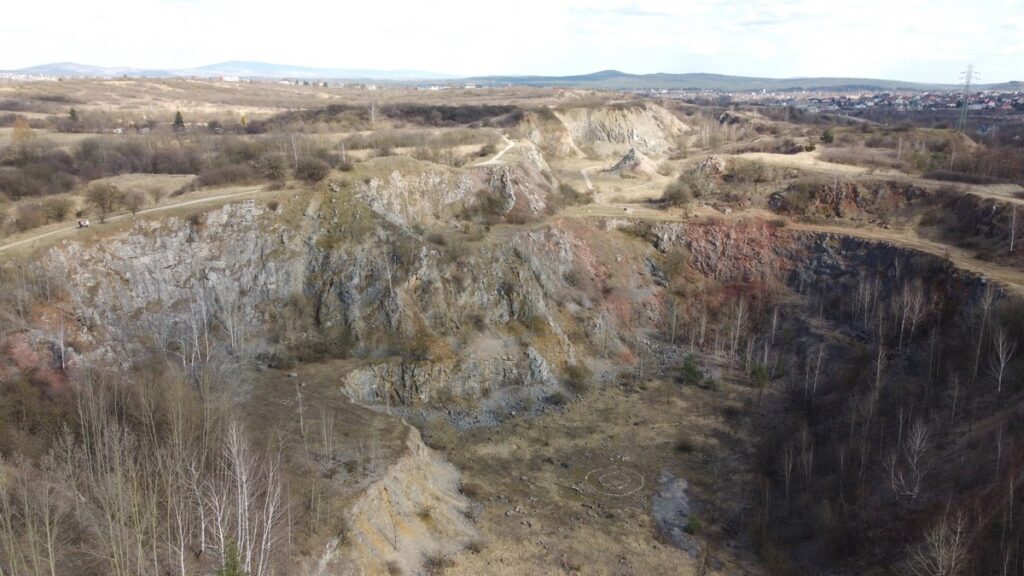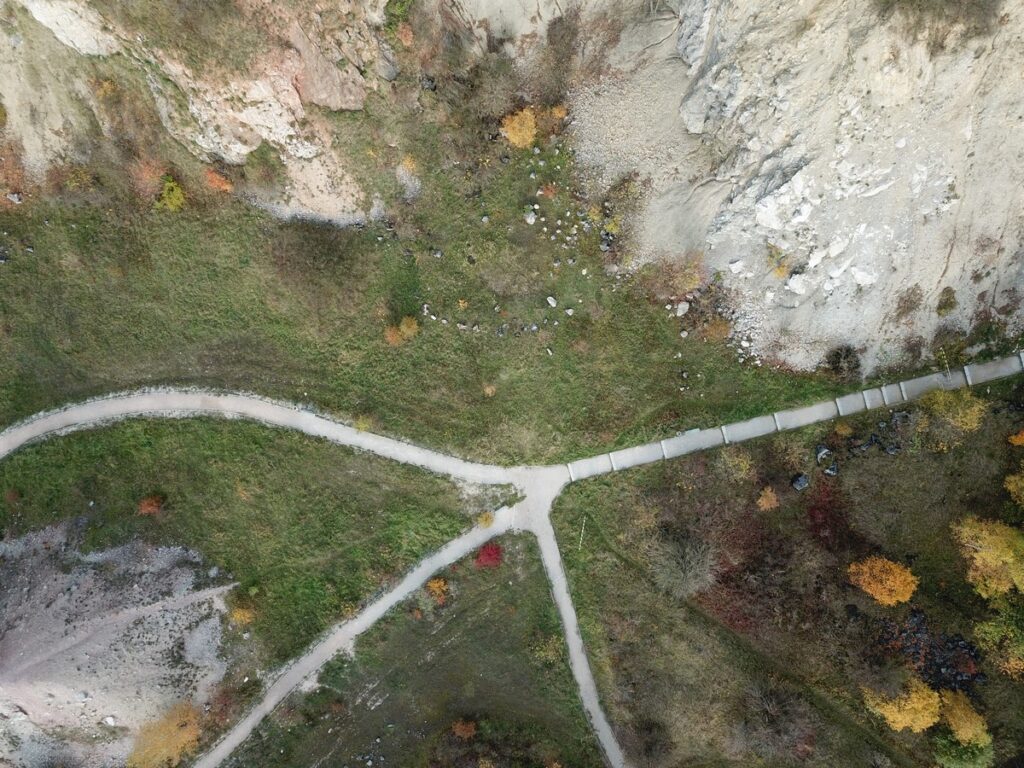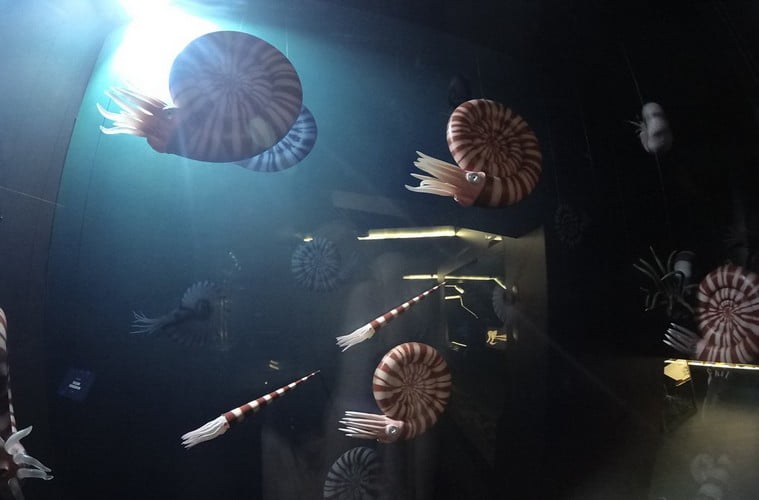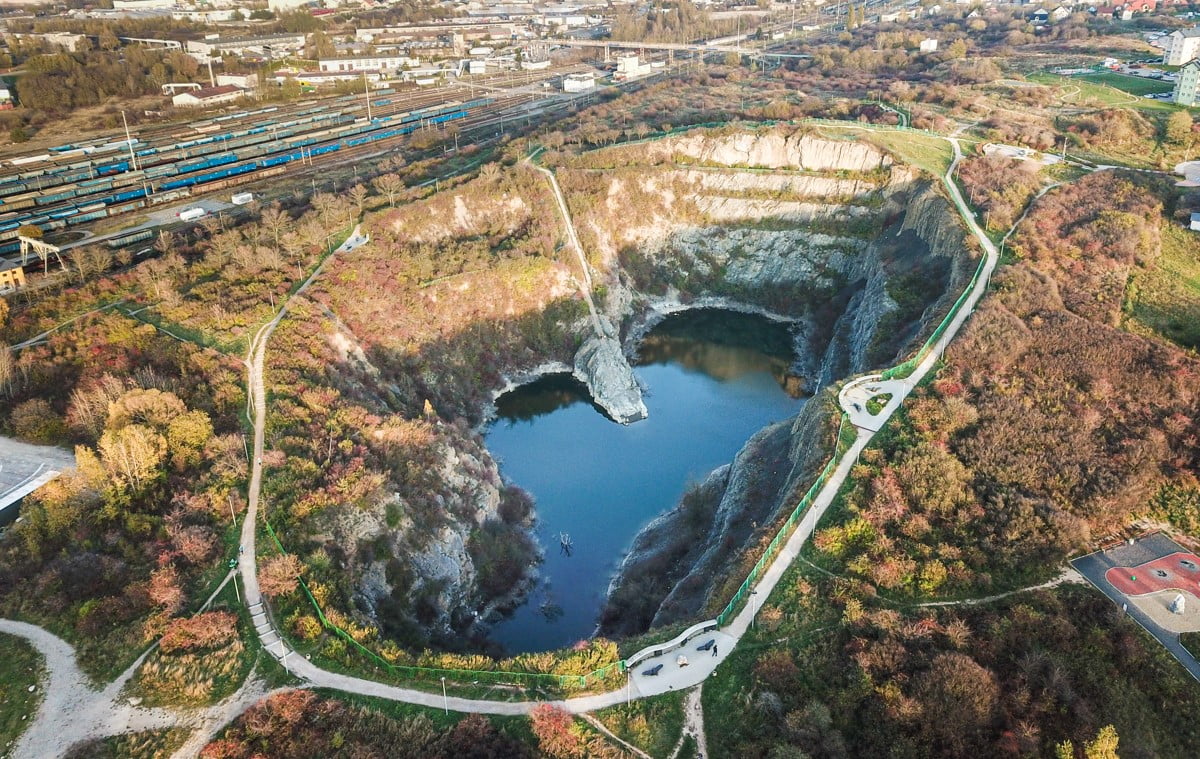Share This Article
Natural reserves in Kielce are very nice. Some are more popular among the inhabitants of Kielce, and others among tourists. Today, the Wietrznia Natural Reserve is waiting for you. It is a fascinating place with an interesting geological history and is perfect for a walk!
I like Wietrznia because of its wildness and the fact that I lived near this place for many years. Over the years it took on character and the city started to take care of it, which was definitely a plus!
Location
Wietrznia Reserve is located in the south-eastern part of Kielce. You can get there by car, public transport or on foot. When we think about Windy, we can consider two options for leaving the car. The first one is around the largest excavation (Wietrznia) and here you can leave your car from the side of ul. Prince Józef Poniatowski. You can also visit the Wietrznia reserve from the other side and leave your car in the parking lot at the Geoeducation Center (and visit the center itself).
If you have planned a visit to Glinianki, in the deepest excavation, the Geoeducation Center and going through the entire educational path, allocate about 2-3 hours for it. When planning your descent to the bottom, you should wear good shoes – the way down is steep.
Wietrznia natural reserve
The Wietrznia reserve is named after Zbigniew Rubinowski and was established on November 4, 1999. The protected area covers 17.95 and it is an inanimate nature reserve. It is the largest place of this type in Kielce. The exploitation of the local Devonian limestone and dolomite deposits lasted from 1893 to 1974. The result of these works are three workings visible today – Wietrznia (the deepest), Międzygórz and Międzygórz Wschodni, which extend over a length of over 900 meters.
There is an educational path with information boards in the reserve. We can also use a mobile application for this purpose. In the reserve itself, you can observe a lot of interesting plants, and sometimes animals.
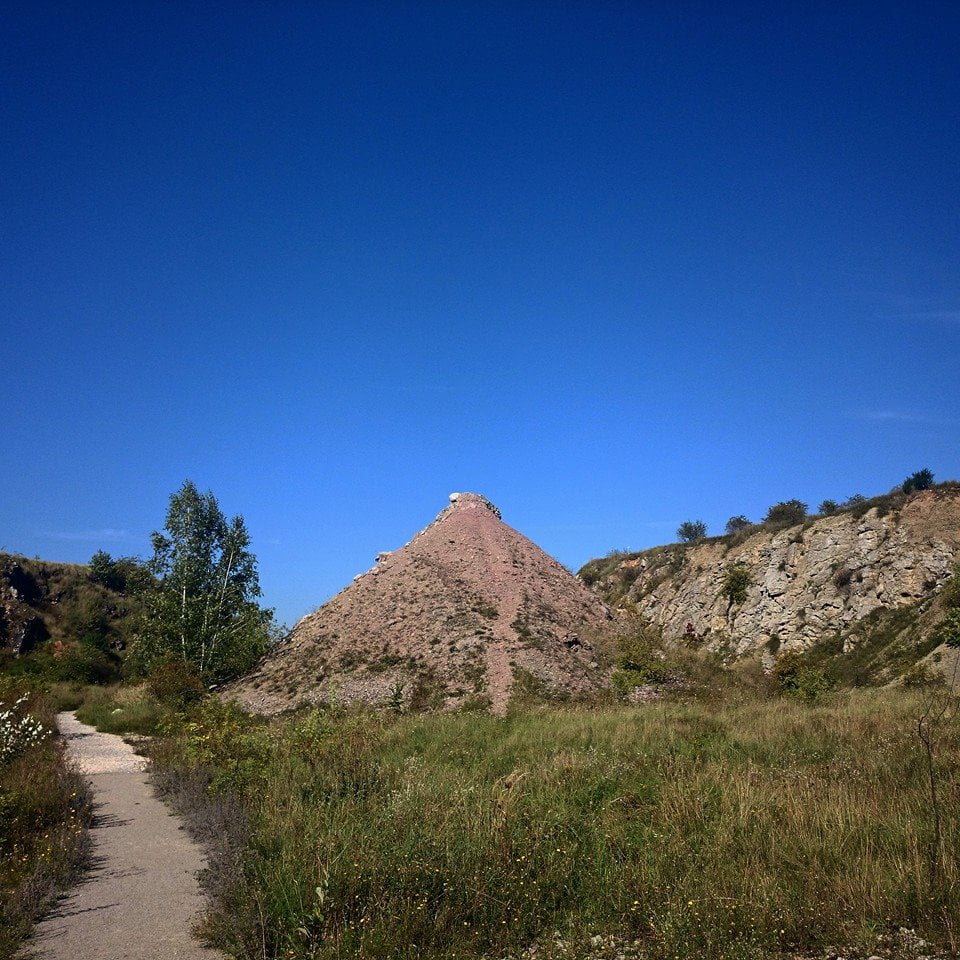
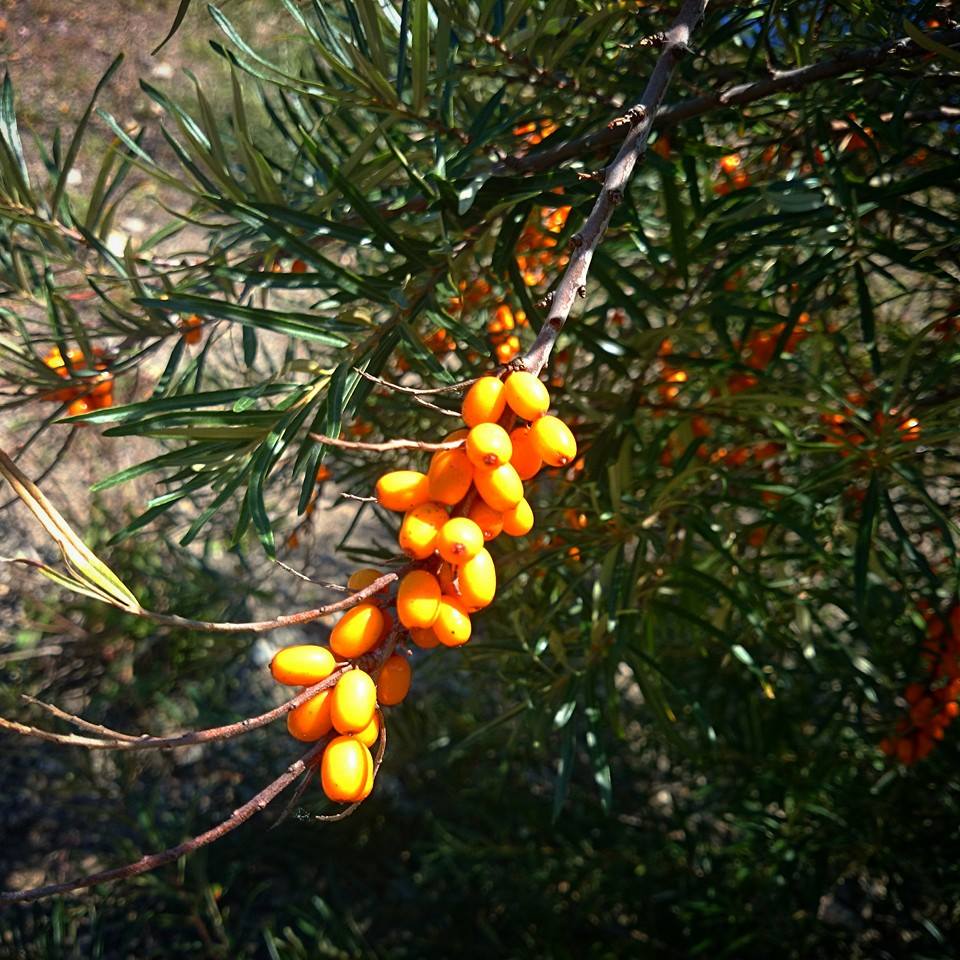
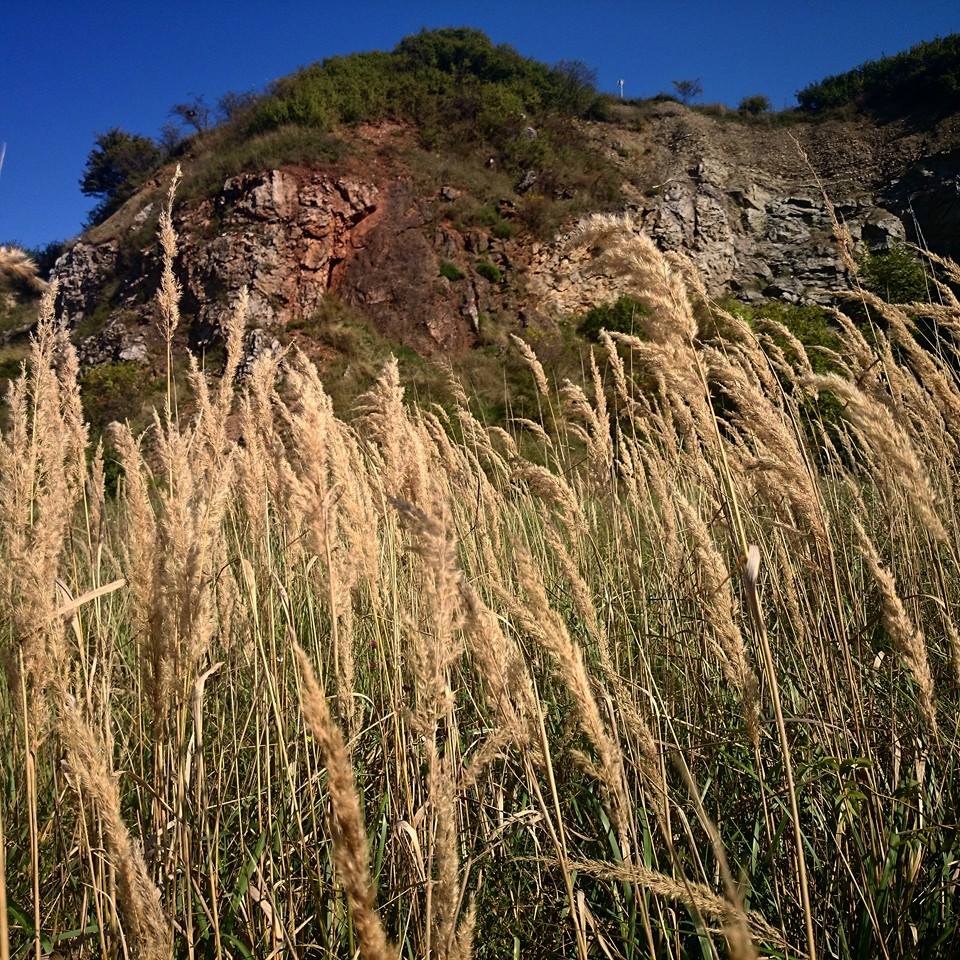
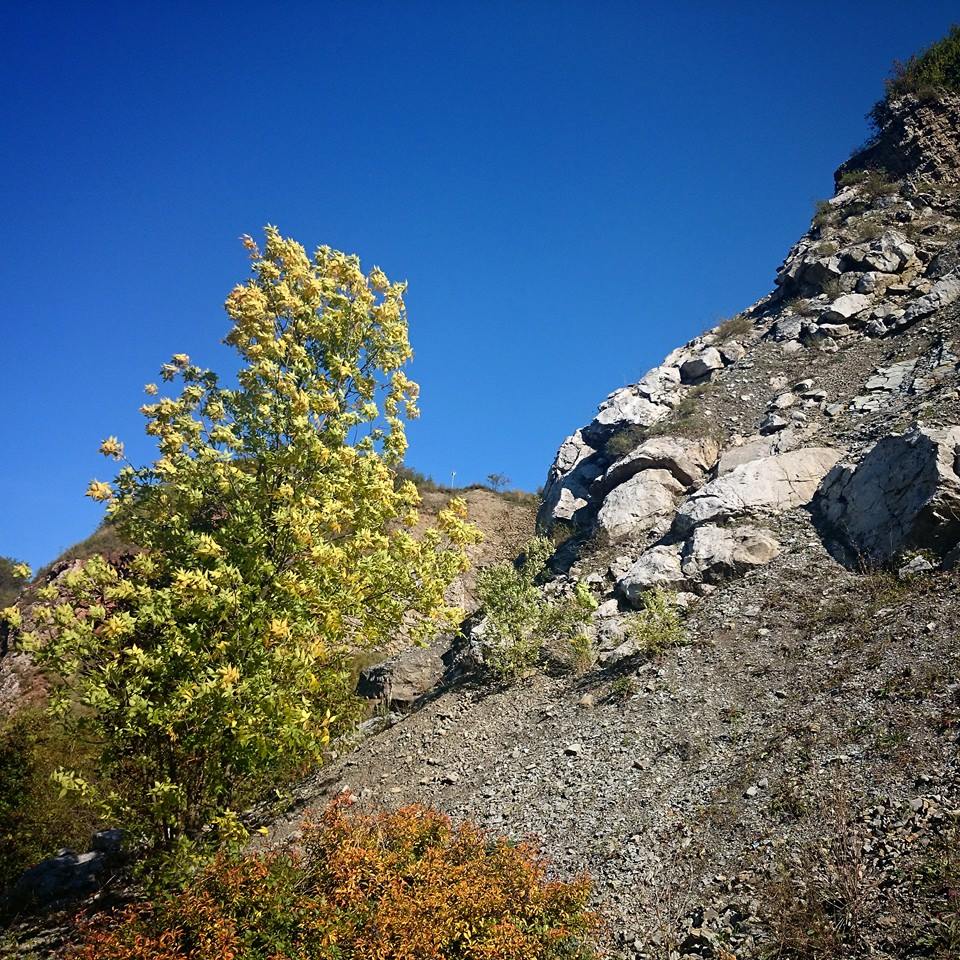
Geology
Wietrznia is part of the Kadzielniański Range. Devonian limestones and dolomites are exposed there. They were mined for the production of lime, road gravel and construction stone. Thick-bedded marine sediments from the shallow shelf zone dominate.
Among the interesting phenomena in the reserve, it is worth paying attention to karst, tectonic, mineralization and fossil phenomena. There are 5 rock shelters and caves in the reserve. The longest of them is 60 m – Cave in Wietrznia.
The history of marine life in the Devonian (365-386 million years ago) is recorded in the profile exposed in the reserve. Among the fossils you can see corals, stromatopores, daylilies, brachiopods and snails. In addition to them, you can less often see nautilus, trilobites, remains of armored fish or sharks.
In the reserve, there are also minerals such as calcite, quartz, pyrite and admixtures such as galena and malachite. Remember, however, that Wietrznia is a reserve and rock extraction is not legal.
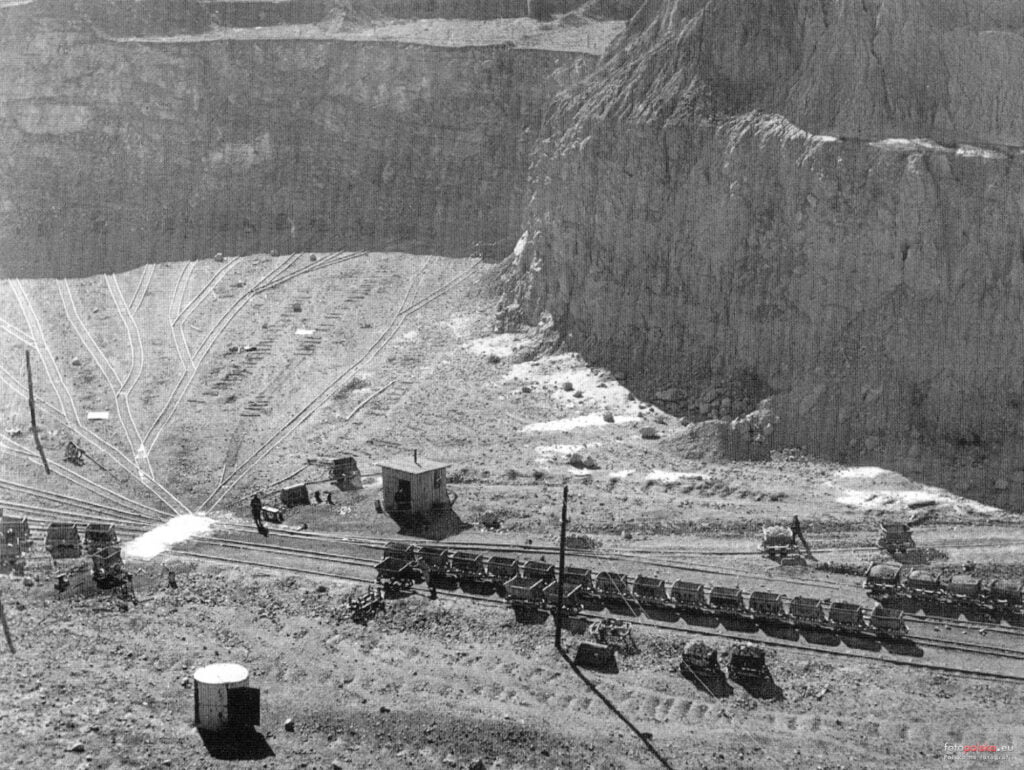
Geoeducation Center
The perfect summary (or introduction) to a tour of the reserve is a visit to the Geoeducation Center! It is located in the eastern part of the reserve, and its multimedia exhibition will surely gain recognition in your eyes. In addition to the exhibition itself, the Geoeducation Center also offers interesting lessons and activities (including recognizing minerals, fossils or grinding specimens).
At the exhibition, in addition to information and boards, there are many dioramas presenting life in the seas and oceans millions of years ago. There we can find organisms that, despite the fact that they are strange to us today, were very popular in the Devonian sea (e.g. leafy leaves).
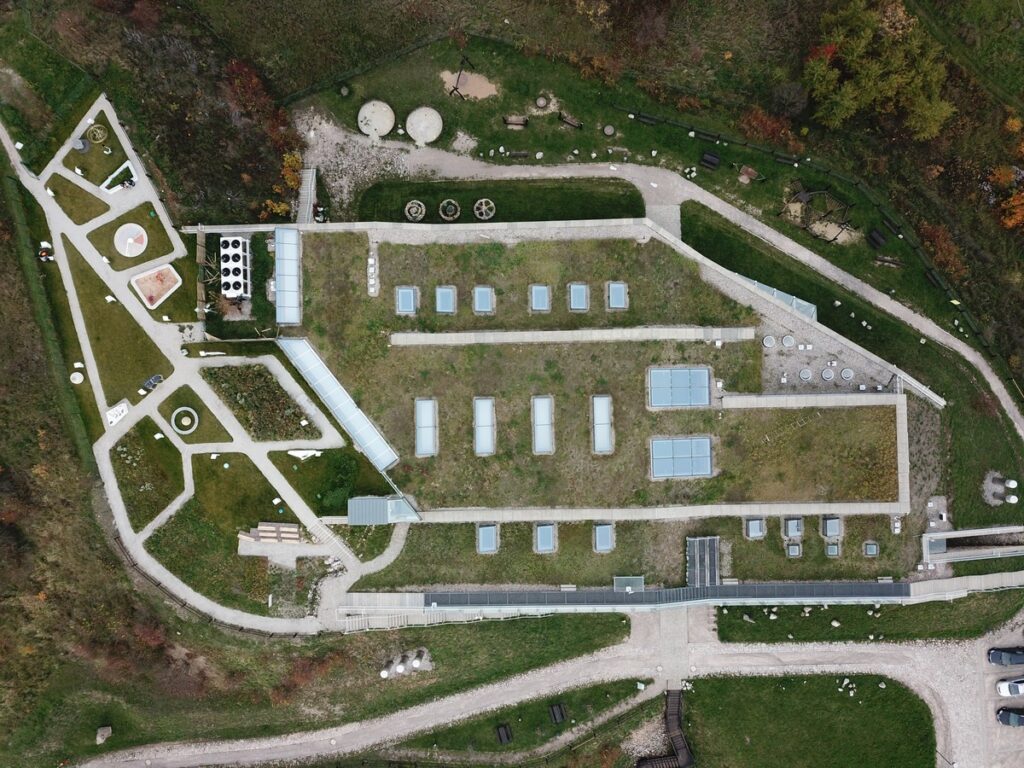
Glinianki
Right next to the Wietrznia reserve, there is the Glinianki ecological site. It is a water reservoir with interesting communities of aquatic and coastal vegetation. It covers about 1 ha, and it was built in the place where clay for the production of bricks was once mined.
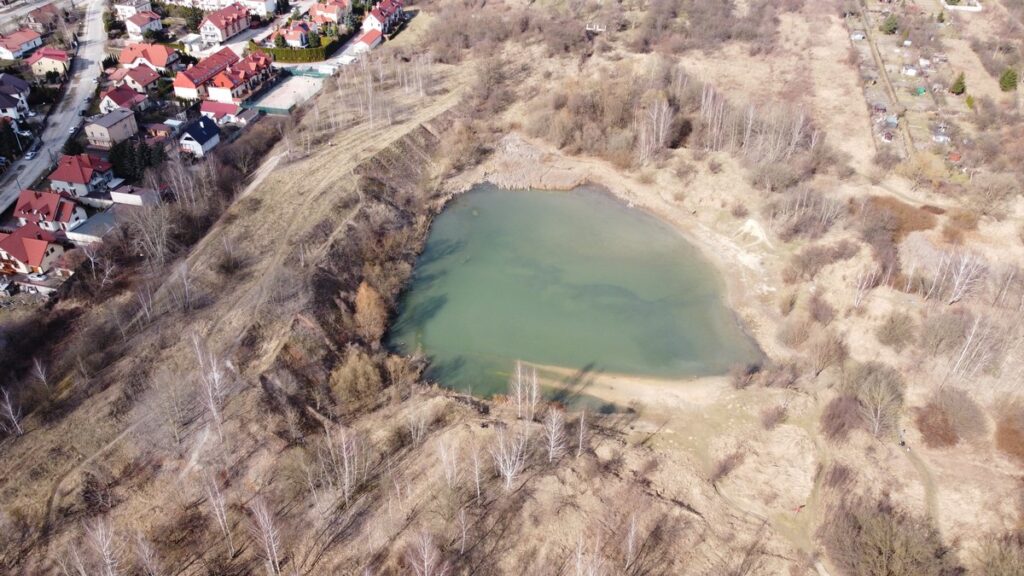
Herszel Zagajski
When writing about Wietrznia, it is also worth mentioning Herszel Zagajski. He was the owner of the quarries in which today’s reserve is located. He was a councilor and chairman of the Jewish Community in Kielce. Herszel Zagajski built a tenement house at today’s ul. Słowackiego 3, in the courtyard of which there was a private house of prayer he founded. In connection with construction works in this place, a few years ago it was moved to the Jewish cemetery in Kielce.
Worth visiting?
Most tourists in Kielce visit Kadzielnia because of its better management and night illumination. Wietrznia is a unique place that is also worth seeing! Take a walk and you will not regret it! :)
